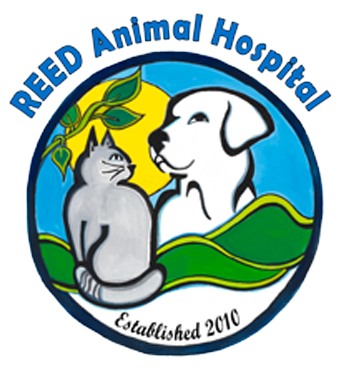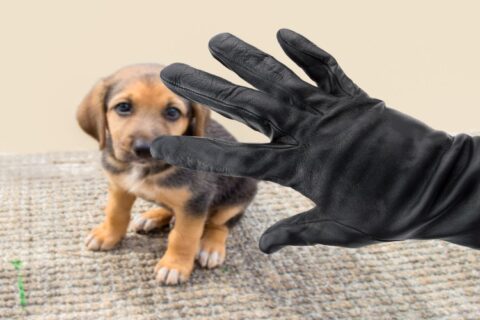Helping Pets with Separation Anxiety Adjust When You Return to Work
For many people, the COVID-19 pandemic has meant working remotely from home. While this may have greatly reduced your social interactions with other people, your pets have probably relished having you home all day. As restrictions lighten and you prepare to return to work, the shock may hit your furry friends as hard as sheltering in place hit you. If your pet suffers from separation anxiety, follow these useful tips to help you both ease back into “real” life.
Prepare Your Pet for Your Absence
If you receive advanced notice about when you’ll return to work, use this time to prepare your pet. Here’s how:
- Leave the house more frequently, increasing the duration each time. This teaches your pet that when you leave, you always return.
- Perform your pre-work rituals, even before these non-work outings, so your pet comes to expect them each morning.
- Reinstate your pet’s old mealtimes and walk schedule.
- Encourage your dog to nap in the crate, behind a pet gate, or wherever they usually do while you’re at work. This helps your pet get used to being separated from you during the day.
The first week of working outside the home is bound to be the toughest, but as this routine becomes the norm, you and your furry friend should both start to feel more comfortable.
Know the Signs of a Stressed Pet
A dog that can’t self-soothe or has too much energy may become destructive in your absence. During the adjustment period, watch for these signs that your pet is having a hard time:
- Attempts to escape, either passively or actively
- Shaking, whimpering, or tucking the tail
- Panting, pacing, or hiding
- Licking or biting the skin
- Barking or howling more than usual
- Excessive energy and potential aggression or destruction
- Having accidents in the house
How to Alleviate Your Pet’s Separation Anxiety
You have to return to work—there’s nothing you can do about it. But if your pet’s anxiety, sadness, or destructive behavior doesn’t dissipate on its own, try these tips:
- Take your dog on a long walk or play fetch in the backyard every morning before work.
- Leave your dog with interactive puzzle toys or a sturdy new chew toy to stave off boredom.
- Consider crating or confining your dog to one room to create a safe, secure environment.
- Don’t make leaving and coming home a big deal. Stay calm and speak to your pet in a normal voice.
- Consider doggy daycare at our sister company, Dave’s Doggy Daycare, Boarding & Daycare, to avoid leaving your pet alone all day.
If your dog simply isn’t adjusting to being home alone, a medical issue should be considered, and your pet should be brought in for evaluation for any underlying cause. Behavioral modification services from Reed Animal Hospital, including prescription medication and counterconditioning, may help address the source of your pet’s separation anxiety. To learn more, please call us in Campbell, CA at 408-369-1788 or in Saratoga, CA at 408-647-2906. You can also request an appointment online.
““

